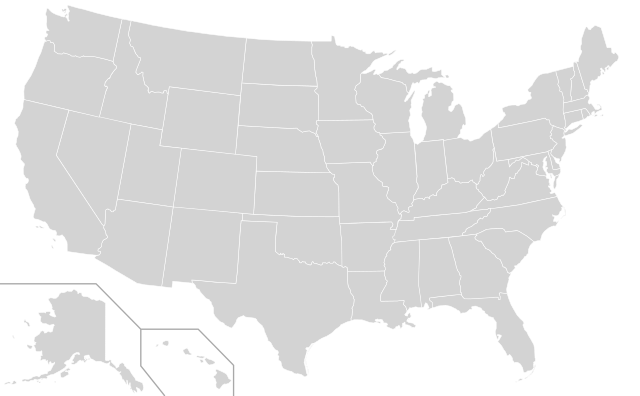Infrastructure investments are becoming increasingly common endeavors for public pension funds. That’s true around the world, but nowhere is the trend more pronounced than in Canada, where the average pension fund has doubled its allocation to infrastructure since 2009. As reported by Benefits Canada:
Historically, Australian and Canadian investors—primarily pension funds—have dominated investment in infrastructure assets, accounting for 40% of historical allocations despite representing only 7% of total potential available capital.
Canadian pension assets totaled US$1.6 trillion in 2013, while infrastructure allocations by Canadian plans totaled US$47.2 billion. This contrasts with U.S. pension assets, which were in excess of US$18 trillion also in 2013, and whose allocations to infrastructure were only US$25.4 billion, less than those made by Canadian pension plans.
On average, Canadian pension funds have allocated 4% of their pension fund assets to infrastructure, up from 2% in 2009.
More recently, there have been some noticeable trends in infrastructure investing, both in terms of investor location and type. To date, pension funds have accounted for 72% of allocations made to infrastructure assets. Based on prospective allocations, sovereign wealth funds are expected to increase their “market share” from 13% of the total allocations to 40%, with a corresponding decrease in the percentage attributed to pension funds (45% versus the present 72%).
Funds in the United States might not be in on the game yet, but insiders say they expect state-level pension funds to significantly boost their allocations to infrastructure investments. More from Benefits Canada:
American state pension funds, as well as Asian investors[…]have started to take an active interest in infrastructure investing. These two groups currently account for 20% of allocations, but based on surveys by Preqin, are expected to increase these to 48% of total infrastructure allocations. Most notably, the Government Pension Investment Fund of Japan has committed 0.2% to infrastructure, though this translates into US$2.7 billion in investments over the next five years.
It’s a very interesting trend, and one that likely won’t reverse course in the near future. The exception may be smaller funds, who will have more trouble navigating direct investments in infrastructure. They’ll have to hire third-party managers, and that may not be appetizing to some funds who are becoming increasingly allergic to fees and investment expenses.
Photo by Kyle May via Flickr CC License

